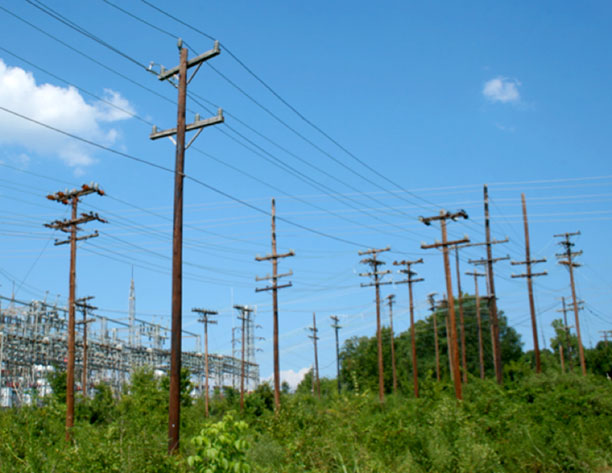Eh? FCC Seeks Noise Floor

WASHINGTON—There are great anecdotes about people who hear radio broadcasts through their dental work. That’s “noise,” in radio frequency parlance. Noise is comprised of undesired signals. The sum of all noise from undesired signals is called the “noise floor,” and people who advise the Federal Communications Commission on technology matters suspect it’s rising. They’ve asked the commission to help them look into it.
“Like many spectrum users we believe that the noise floor in the radio spectrum is rising as the number of devices in use that emit radio energy grows,” the FCC’s Technical Advisory Council said in a June 6 correspondence to the commission.
The TAC, a collection of executives and academics from the likes of Google, the National Association of Broadcasters, Microsoft, Apple, Amazon, MIT, Verizon, Motorola and others, asked the commission to open an inquiry on the noise floor because of the limited amount of information available to study it.
“In search for concrete evidence of increased noise floors, we have found limited available quantitative data to support this belief,” the TAC letter stated. “We are looking to find ways to add to the available data in order to answer important questions for the FCC regarding this topic.”
The commission agreed to open a public inquiry into the matter in a June 15 Public Notice that called for comments by Aug. 11, 2016 on Docket No. 16-191.
Finding the noise floor is complicated by a number of factors. RF noise is generated by all types of devices, including those not necessarily designed to do so. These are referred to as “incidental radiators.” Electric motors, dimmer switches, utility transformers and power lines are examples of incidental radiators, and they are not subject to RF noise rules.
Then there also are “unintentional radiators,” which use RF energy internally—through wiring, for example—but that “leak” it because RF energy has boundary issues.
A third type of radiators covers equipment designed to intentionally emit RF energy, including cellphones, TV sets, wireless routers, Bluetooth devices, radios, radar, microwave ovens, fluorescent lights, arc welders, etc. These are considered “unlicensed intentional radiators,” “industrial, scientific, and medical (ISM) radiators” and “licensed radiators.”
This last type of radiator typically transmits on an assigned frequency, but, as with unintentional radiators, the energy leaks into adjacent frequencies and sometimes beyond. (Radio frequency expert and TV Technology contributor Charles W. Rhodes has written extensively about this phenomenon as it pertains to digital TV signals.)
The commission’s inquiry comprises a list of questions proffered by the TAC, beginning with, “Is there a noise problem?”
Interested parties can file comments in the FCC’s Electronic Comment Filing System portal, using Proceeding Number 16-191, by Aug. 11, 2016. No reply comment date was set.
The professional video industry's #1 source for news, trends and product and tech information. Sign up below.
